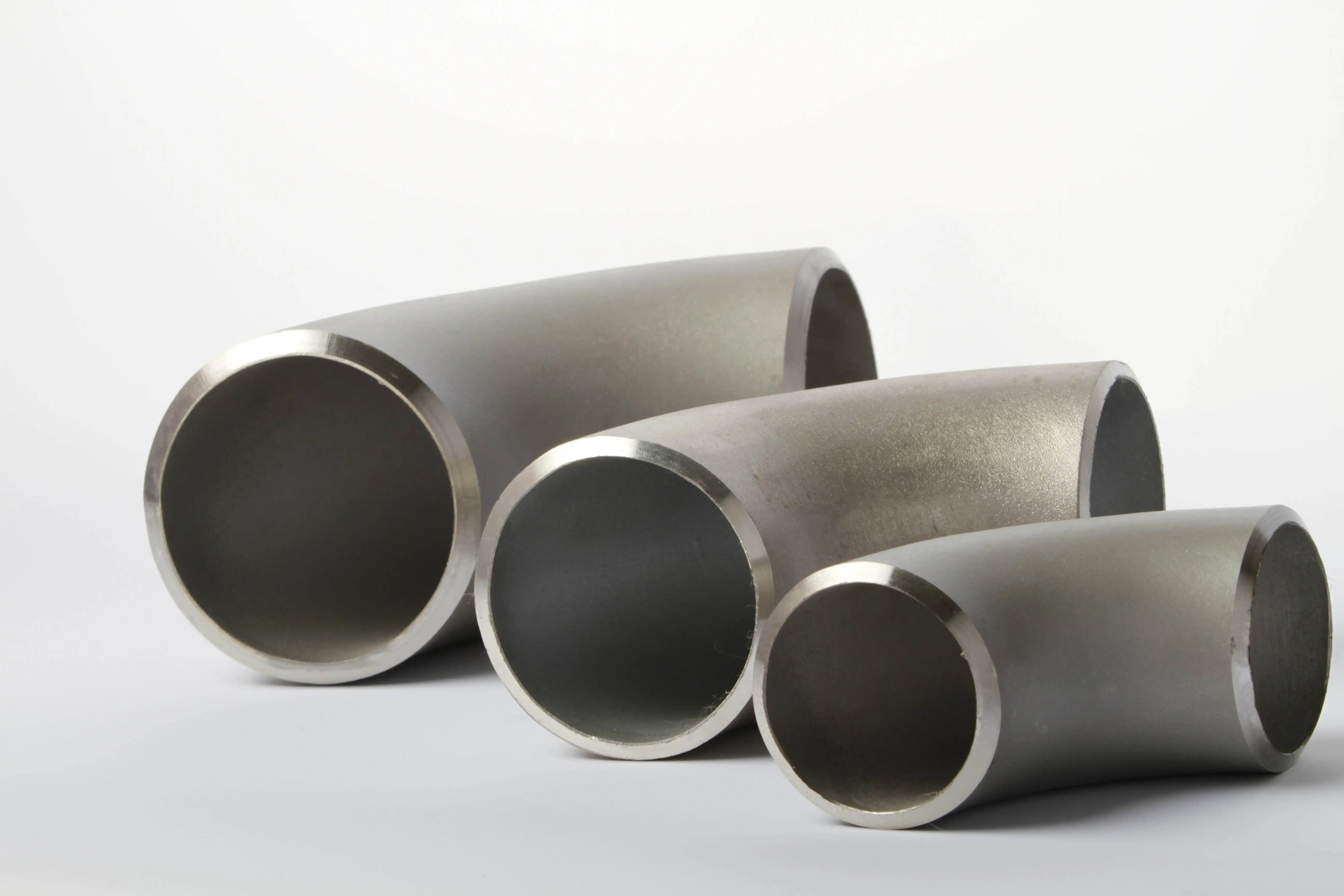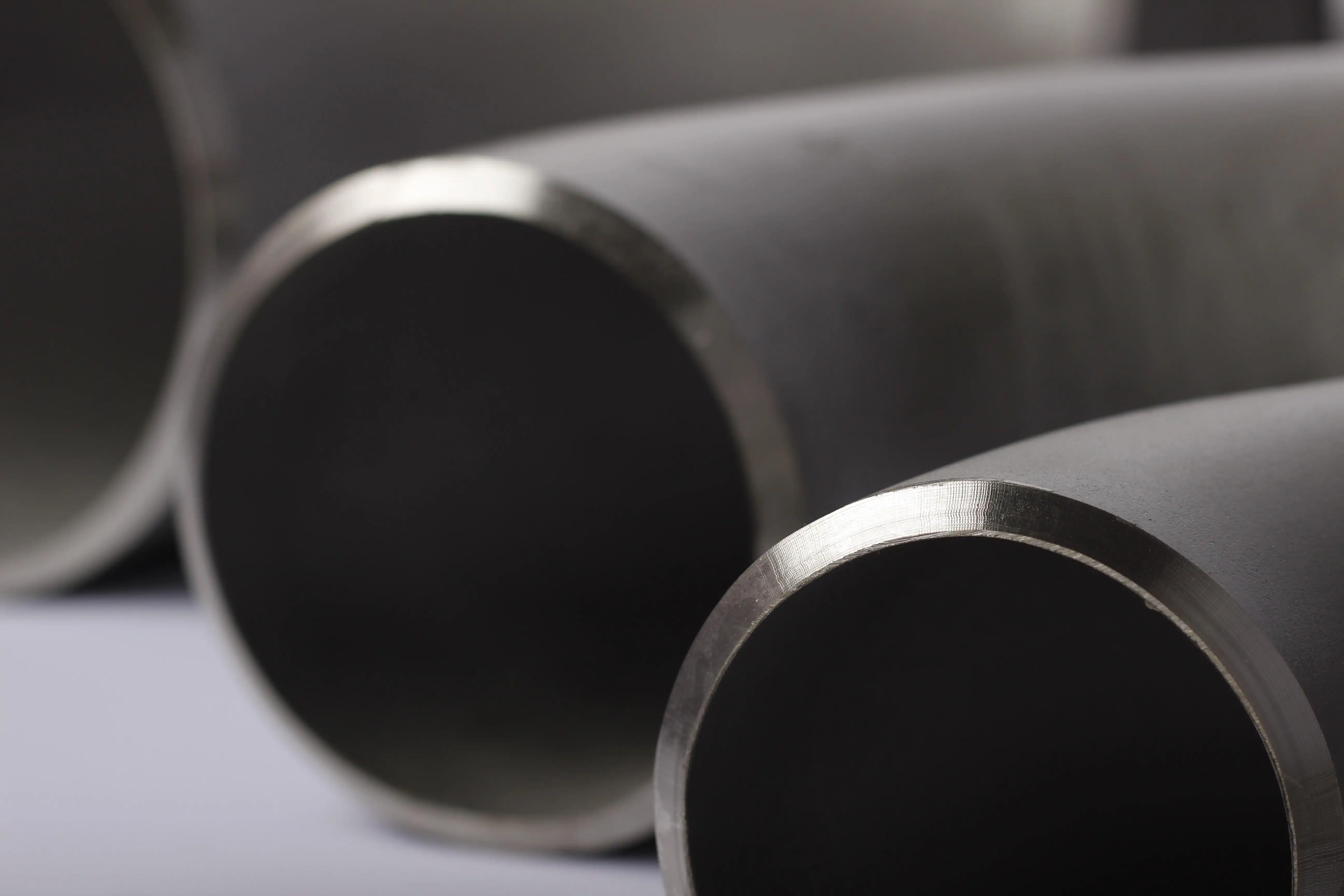How to Spot Substandard Pipe Fittings: 3 Key Red Flags?
Quality control in mechanical applications starts with recognizing second rate components some time recently they compromise your whole framework. Substandard pipe fittings can lead to disastrous disappointments, exorbitant downtime, and security dangers that influence both private and commercial ventures. Understanding the caution signs of poor-quality fittings is fundamental for engineers, temporary workers, and acquirement masters who prioritize framework unwavering quality. This comprehensive direct looks at three basic ruddy banners that demonstrate compromised pipe fittings, making a difference you make educated acquiring choices that secure your foundation ventures and guarantee long-term operational victory.

Red Flag 1: Poor Material Quality and Composition
Inadequate Steel Grades and Metallurgical Properties
When evaluating pipe fittings, material composition serves as the foundation of performance and longevity. Substandard manufacturers often use inferior steel grades that lack the necessary carbon content and alloying elements required for structural integrity. High-quality butt-weld pipe fittings should comply with ASME B16.9 standards, utilizing carbon steel, stainless steel, or specialized alloys depending on application requirements. Legitimate suppliers provide detailed material certifications that specify chemical composition, mechanical properties, and heat treatment processes. Inferior pipe fittings frequently exhibit inconsistent material properties, leading to premature failure under normal operating conditions. Professional procurement teams should always request mill test certificates and third-party verification to ensure material authenticity and compliance with industry specifications.
Surface Finish and Coating Deficiencies
Visual inspection reveals significant differences between quality and substandard pipe fittings. Premium fittings display uniform surface finishes with consistent coloration and texture, indicating proper manufacturing processes and quality control measures. Substandard products often exhibit surface irregularities, pitting, discoloration, or inadequate protective coatings that accelerate corrosion and reduce service life. The surface quality directly correlates with manufacturing precision and material handling practices during production. High-grade pipe fittings undergo specialized surface treatments and protective coatings that enhance corrosion resistance and maintain structural integrity in harsh environments. Procurement specialists should examine surface conditions carefully, as these characteristics often indicate overall manufacturing quality and attention to detail.
Chemical Resistance and Corrosion Protection
Material selection for pipe fittings must align with specific environmental conditions and chemical exposure requirements. Substandard fittings frequently lack adequate corrosion resistance, resulting in accelerated degradation when exposed to aggressive media or atmospheric conditions. Quality manufacturers utilize appropriate steel grades and protective measures that ensure chemical compatibility and long-term durability. The chemical composition of pipe fittings directly affects their ability to withstand acidic, alkaline, or corrosive environments commonly encountered in industrial applications. Professional engineers should verify material compatibility through comprehensive testing and certification processes that validate performance under actual operating conditions.
Red Flag 2: Dimensional Inaccuracies and Manufacturing Defects
Tolerance Deviations and Geometric Inconsistencies
Precision manufacturing distinguishes quality pipe fittings from inferior alternatives. ASME B16.9 compliant fittings maintain precise dimensional tolerances that ensure proper fit-up and system integration. Substandard products often exhibit dimensional variations that compromise joint integrity and create stress concentration points throughout the piping system. Quality manufacturers implement rigorous dimensional control processes that maintain consistency across production batches. Dimensional accuracy affects not only installation efficiency but also long-term system performance and maintenance requirements. Professional installers should verify dimensional compliance using calibrated measuring instruments and reject fittings that exceed acceptable tolerance ranges.
Weld Quality and Radiographic Testing Standards
Welded pipe fittings require exceptional joint integrity to maintain system pressure and prevent catastrophic failures. Premium manufacturers perform 100% radiographic testing (RT) on critical welds to ensure complete penetration and absence of internal defects. Substandard fittings often lack proper weld quality control, resulting in incomplete fusion, porosity, or inclusion defects that compromise structural integrity. The welding process directly affects pipe fittings performance under cyclic loading and pressure variations commonly encountered in industrial applications. Quality assurance programs should include comprehensive non-destructive testing protocols that verify weld quality and structural soundness before installation.
Customization Capabilities and Design Flexibility
Advanced manufacturers offer customizable bend radii and specialized configurations that accommodate unique project requirements. Substandard suppliers typically provide limited options with fixed dimensions that may not optimize system design or performance. Flexible production methods are an investment made by high-quality pipe fittings makers to provide custom solutions for difficult applications. Making fits to order shows that the company is skilled at making things and cares about its customers. A supplier's ability to make custom setups that make the system work better and make installation easier should be looked at by engineering teams.
Red Flag 3: Inadequate Certification and Quality Documentation
Missing Compliance Certificates and Standards Verification
Legitimate pipe fittings manufacturers provide comprehensive certification documentation that demonstrates compliance with international standards and quality requirements. Substandard suppliers often lack proper certifications or provide questionable documentation that cannot withstand scrutiny. Quality assurance processes require verifiable proof of compliance with ASME, ASTM, and other relevant industry standards. Certification documentation should include material test reports, dimensional verification, and quality system certifications that validate manufacturing processes. Professional procurement teams must verify certification authenticity through direct contact with certifying bodies and thorough documentation review.
Traceability and Quality Management Systems
Having ISO 9001:2015 certification means that you follow systematic quality management practices that make sure the standard of your products stays high and keeps getting better. Manufacturers who don't meet standards often don't have strong quality systems, which makes products work inconsistently and supply chains less reliable. Quality pipe fittings providers keep full traceability systems that keep track of materials from the time they are made from raw steel until they are delivered and inspected. Traceability helps with insurance claims and technical support needs by making it easy to find and fix quality problems quickly. Customers should look at a supplier's quality control systems and make sure that they can keep up with performance standards.
Third-Party Validation and Independent Testing
Independent testing and certification provide objective verification of pipe fittings quality and performance characteristics. Substandard products often avoid third-party validation due to quality concerns or cost considerations. GOST-R and SGS certifications demonstrate commitment to international quality standards and export compliance requirements. Third-party testing validates material properties, dimensional accuracy, and performance characteristics under controlled conditions. Professional engineers should prioritize suppliers who embrace independent validation and demonstrate transparency in their quality processes.

Conclusion
Distinguishing substandard pipe fittings requires precise assessment of fabric quality, dimensional precision, and certification documentation. These three basic ruddy banners serve as solid pointers of item quality and provider unwavering quality, empowering educated obtaining choices that ensure framework ventures. Quality confirmation forms must envelop comprehensive fabric confirmation, dimensional assessment, and exhaustive documentation survey to guarantee ideal framework execution and life span.
HEBEI RAYOUNG PIPELINE: Your Trusted Pipe Fittings Manufacturers
At HEBEI RAYOUNG PIPELINE TECHNOLOGY CO., LTD., we eliminate guesswork from your procurement process by delivering certified, high-quality steel pipe fittings that exceed industry standards. Our comprehensive product lineup includes buttweld steel elbows, reducers, and flanges manufactured under ISO 9001:2015 quality systems with full GOST-R and SGS certification for global compliance. As leading pipes and fittings manufacturers serving domestic and international markets, we understand that your success depends on reliable, precisely manufactured components that perform consistently under demanding conditions. Experience the RAYOUNG difference in quality, certification, and customer service that transforms your infrastructure projects from concept to completion. Contact our technical team today at info@hb-steel.com to discuss your specific requirements and discover why industry professionals choose RAYOUNG for critical piping applications.
References
1. American Society of Mechanical Engineers. "ASME B16.9 Factory-Made Wrought Buttwelding Fittings." ASME International Standards, 2018.
2. Thompson, R.K. "Quality Control in Industrial Pipe Fitting Manufacturing: A Comprehensive Analysis." Journal of Materials Engineering and Performance, Vol. 28, No. 4, 2019.
3. International Organization for Standardization. "ISO 9001:2015 Quality Management Systems Requirements and Guidelines for Implementation." ISO Publishing, 2015.
4. Chen, L.M. "Metallurgical Evaluation of Carbon Steel Pipe Fittings in High-Pressure Applications." Materials Science and Engineering Review, Vol. 45, 2020.
5. Williams, P.A. "Non-Destructive Testing Methods for Welded Pipe Joint Integrity Assessment." NDT International Journal, Vol. 67, No. 2, 2021.
6. Rodriguez, M.J. "Corrosion Resistance and Surface Treatment Technologies for Industrial Pipe Fittings." Corrosion Engineering Science and Technology, Vol. 56, No. 3, 2019.

Need a quote? Want to see samples? Just say hello. We’re friendly. We’re fast. And we’re ready when you are.

Welcome to RAYOUNG – Strong Pipes, Stronger Promise




